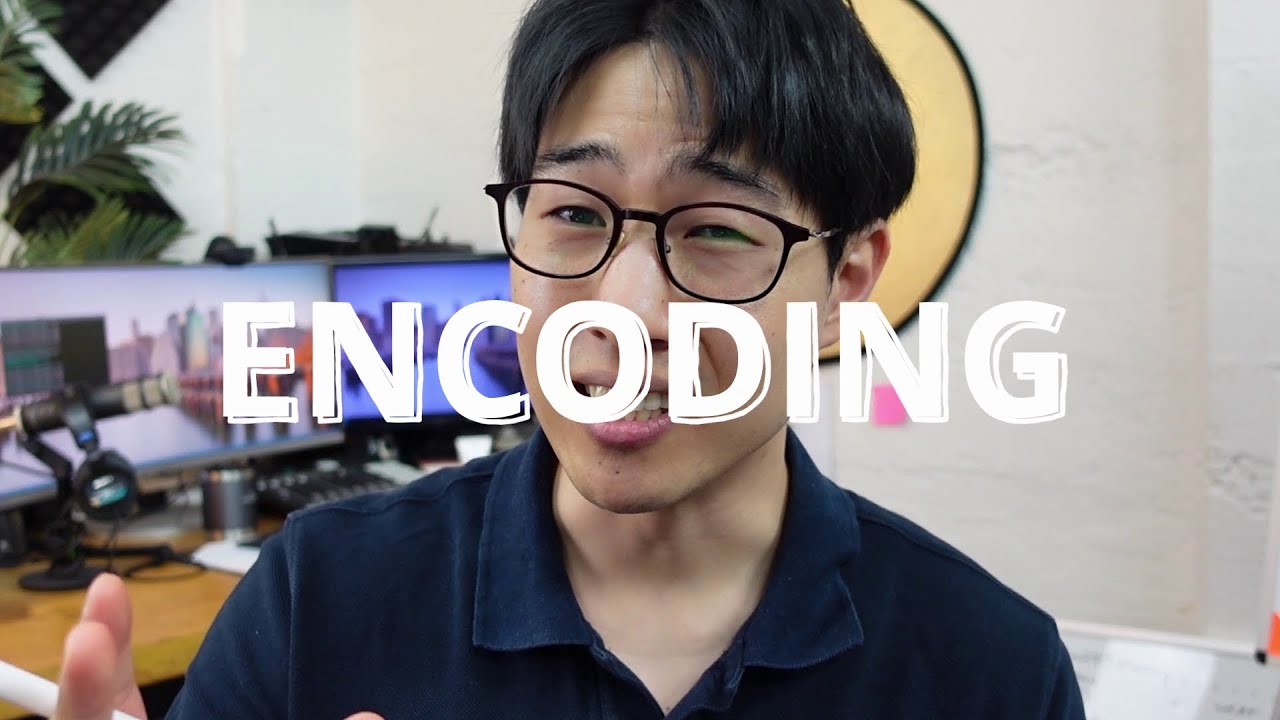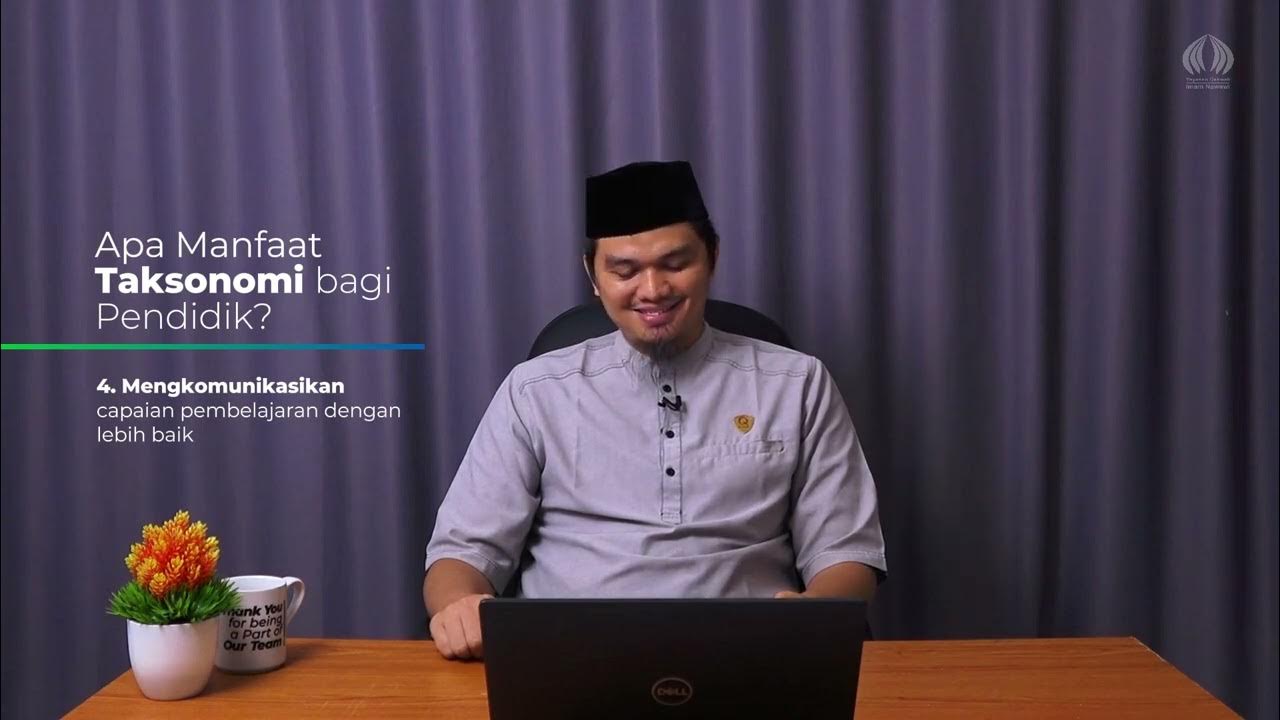Prof. Yuli Rahmawati, Ph.D.: PM dalam Taxonomi Solo dan Bloom-Eps.3 @Suyantoid
Summary
TLDRThis educational video discusses the concept of Deep Learning in education, with a particular focus on its connection to learning taxonomies. Professor Yuli explains how deep learning experiences, such as understanding, applying, and reflecting, align with Bloom's and SOLO taxonomies. The video provides insights into how teachers can incorporate these stages into their teaching methods, emphasizing the importance of fostering deep understanding in students. The discussion also touches on the challenges and methods for improving teaching effectiveness, particularly through Project-Based Learning and reflection practices. The key takeaway is the significance of helping students connect knowledge to real-world applications.
Takeaways
- 😀 Deep learning (pembelajaran mendalam) is an educational approach that encourages understanding, applying, and reflecting on concepts.
- 😀 Bloom's Taxonomy and SOLO Taxonomy are used to assess cognitive skills and the depth of student understanding.
- 😀 Bloom’s Taxonomy classifies thinking skills into levels, from remembering to creating, helping teachers assess student progress.
- 😀 SOLO Taxonomy focuses on the depth of understanding, from basic recall to complex relational thinking and concept connections.
- 😀 The integration of Bloom’s and SOLO Taxonomies helps educators better understand how to structure deep learning in the classroom.
- 😀 Teachers should guide students through stages of learning: understanding, applying, and reflecting, ensuring each stage is thoroughly covered.
- 😀 Deep learning is not a fixed set of steps but an ongoing process of exploring and understanding concepts more deeply.
- 😀 Teachers should ensure students not only understand but also reflect on what they have learned, particularly in methods like Project-Based Learning (PBL).
- 😀 Reflection is often overlooked in many teaching methods, but it is crucial to deepen learning by connecting knowledge to broader contexts.
- 😀 Teacher training and support are critical for successfully implementing deep learning strategies in the classroom, helping students achieve deeper understanding.
Q & A
What is the main focus of the discussion in the video?
-The main focus of the video is on 'Deep Learning' in the context of education, specifically how it is related to Bloom's Taxonomy and SOLO Taxonomy. The discussion also covers how teachers can apply these concepts in the classroom to enhance student learning.
What is the role of 'Deep Learning' in education, as discussed in the video?
-In the video, 'Deep Learning' is discussed as an approach aimed at fostering a deeper understanding of concepts. It focuses on ensuring that students not only comprehend a subject but also apply, analyze, and reflect on it in various contexts.
How are Bloom's Taxonomy and SOLO Taxonomy connected to Deep Learning?
-Bloom's Taxonomy and SOLO Taxonomy are used to map different levels of cognitive and learning complexity. In the context of Deep Learning, these taxonomies help educators understand how students progress through stages of knowledge, from basic understanding to deeper reflection and application.
What are the key stages of the learning process according to the video?
-The key stages mentioned in the video are: understanding (memahami), applying (mengaplikasi), and reflecting (merefleksi). These stages are essential for fostering deep learning in students, allowing them to comprehend, utilize, and critically evaluate concepts.
What is the significance of the SOLO Taxonomy in the learning process?
-The SOLO Taxonomy is used to evaluate the depth of a student's understanding. It ranges from the 'prestructural' level, where students have limited or no understanding, to the 'extended abstract' level, where students can apply knowledge in new and complex situations.
How does the concept of 'understanding' differ across different levels of Bloom's and SOLO Taxonomy?
-In Bloom's Taxonomy, understanding can range from basic comprehension (C2) to a deeper, more detailed grasp of concepts, while SOLO Taxonomy identifies levels such as unistructural (basic knowledge), multistructural (multiple ideas), and relational (interconnected knowledge), which represent increasing depth in understanding.
What is the challenge that teachers face in applying Deep Learning principles in the classroom?
-One of the challenges discussed in the video is ensuring that students fully understand a concept before moving on to its application. Teachers often rush through stages, skipping reflection or deeper analysis, which can result in students not fully grasping the subject matter.
What is meant by the term 'sintak' in the context of the video?
-'Sintak' refers to the structured steps or protocols involved in different learning models, such as Project-Based Learning (PBL). These steps guide teachers in how to introduce, apply, and reflect on a topic in the classroom.
How can teachers implement reflection in their lessons, according to the video?
-Teachers can implement reflection by encouraging students to think about the broader implications of what they’ve learned, such as asking how the concepts apply in different contexts or what impacts they may have on other areas. This promotes deeper engagement and understanding.
What is the role of teachers in Deep Learning, as emphasized in the video?
-Teachers play a critical role in Deep Learning by facilitating the learning process, guiding students through the stages of understanding, application, and reflection. They are seen as essential to helping students connect knowledge to real-world problems, not just delivering content.
Outlines

This section is available to paid users only. Please upgrade to access this part.
Upgrade NowMindmap

This section is available to paid users only. Please upgrade to access this part.
Upgrade NowKeywords

This section is available to paid users only. Please upgrade to access this part.
Upgrade NowHighlights

This section is available to paid users only. Please upgrade to access this part.
Upgrade NowTranscripts

This section is available to paid users only. Please upgrade to access this part.
Upgrade Now5.0 / 5 (0 votes)





